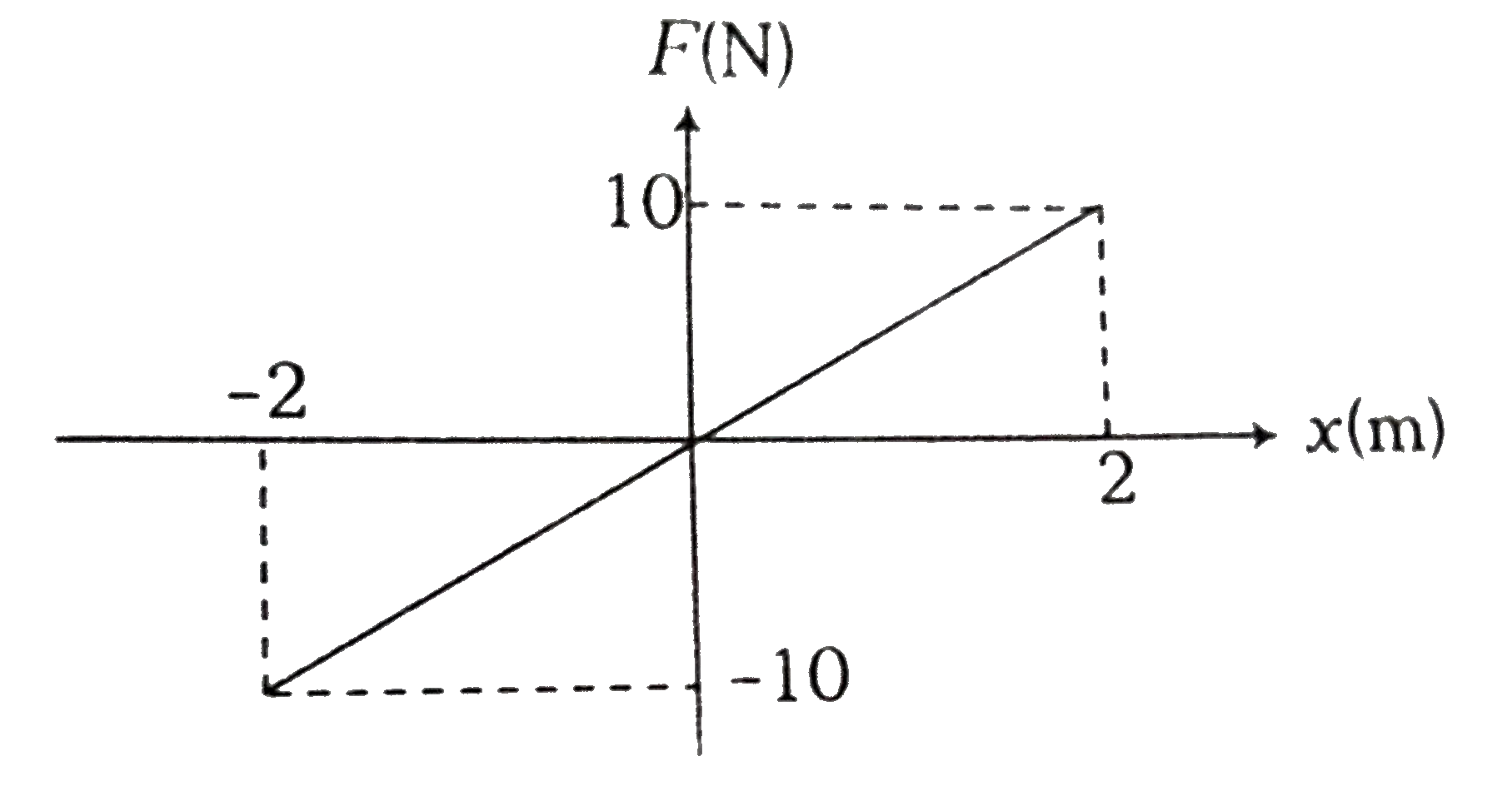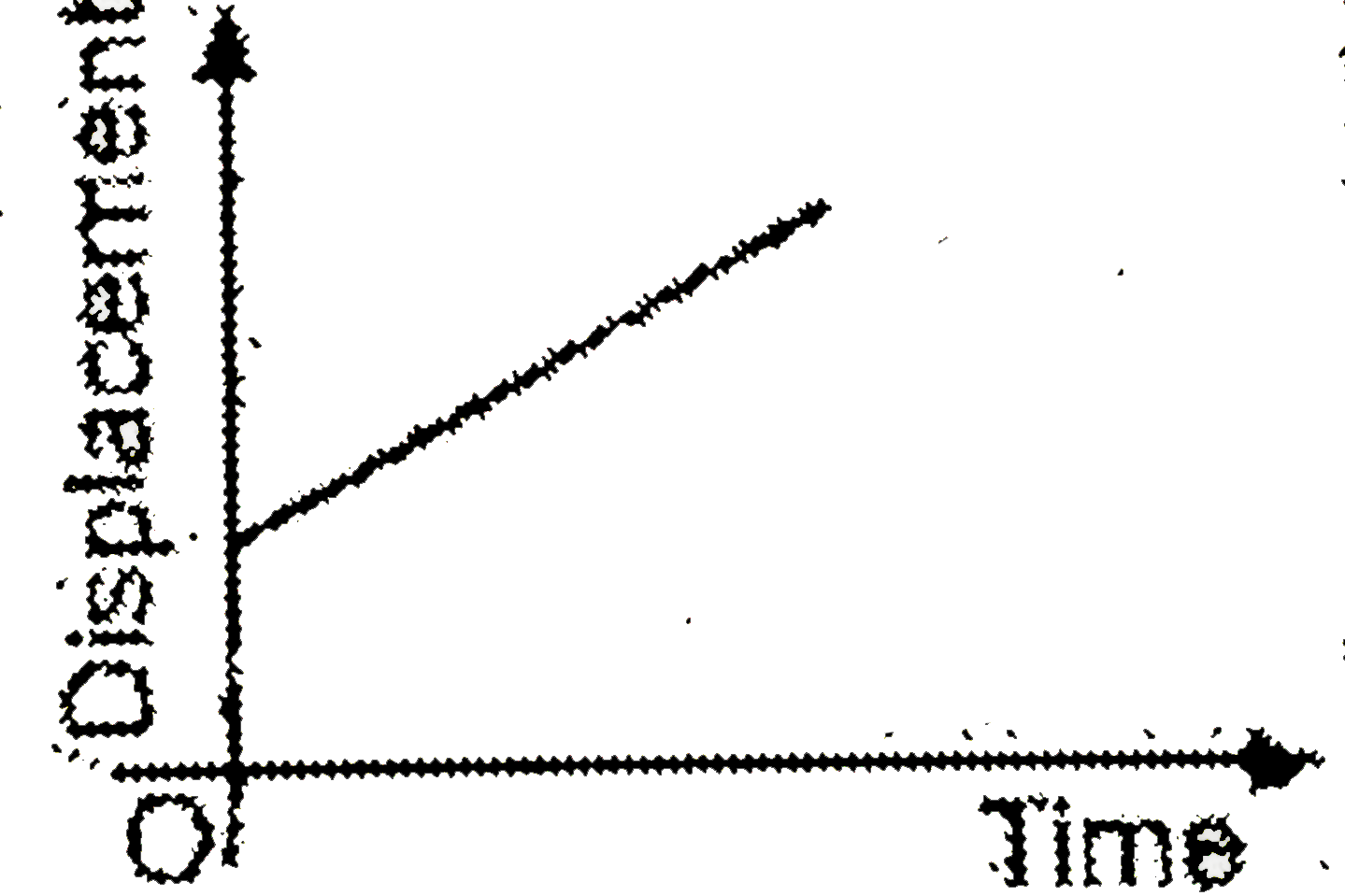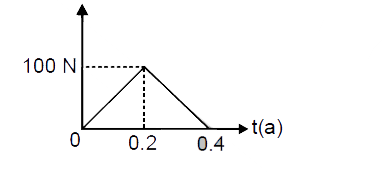A particle can move along a straight line. It is at rest when a force (F) starts acting on it directed along the line. Work done by the force on the particle changes with time(t) according to the graph shown in the fig. Can you say that the force acting on the particle remains constant with time?

The correct Answer is:No, the forace is decreasing with time.
Step by step video, text & image solution for A particle can move along a straight line. It is at rest when a force (F) starts acting on it directed along the line. Work done by the force on the particle changes with time(t) according to the graph shown in the fig. Can you say that the force acting on the particle remains constant with time? by Physics experts to help you in doubts & scoring excellent marks in Class 11 exams.
Topper's Solved these Questions
Similar Questions
A force F acting on a particle varies with the position x as shown in figure. Find the work done by this force in displacing the particle from
 View Solution
View SolutionA particle is kept at rest at the origin. A constant force → F starts acting on it at t=0. Find the speed of the particle at time t.
View Solution
Knowledge Check
- Question 1 - Select One
The displacement time curve of a particle is shown in the figure. The external force acting on the particle is :
 AActing at the beginning part of motionBZeroCNot zeroDNone of these
AActing at the beginning part of motionBZeroCNot zeroDNone of these - Question 2 - Select One
A force F acting on a particle varies with the position x as shown in the graph. Find the work done by the force in displacing the particle from x=−a to x=+2a.
 .A3ab2B4ab2C23abD24ab
.A3ab2B4ab2C23abD24ab - Question 3 - Select One or More
Kinetic energy of a particle moving in a straight line is proportional to the time t. The magnitude of the force acting on the particle is :
ADirectly proportional to the speed of the particleBInversely proportional to √tCInversely proportional to the speed of the particleDDirectly proportional to √t
The figure showns the force versus time graph for a particle.
Find the average force acting on the particle
 View Solution
View SolutionA particle is moving with a constant speed along a straight line path. A force is not required to
View SolutionA particle is moving with a constant speed along a straight line path. A force is not requied to
View SolutionThe kinetic energy K of a particle moving in a straight line depends on the distances as K=as2. The force acting on the particle is
(where a is a constant)View SolutionA charged particle is moved along a magnetic field line. The magnetic force on the particle is
View Solution
